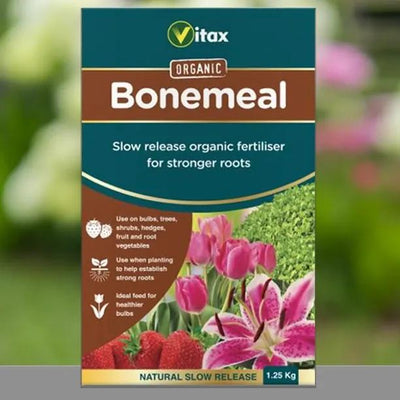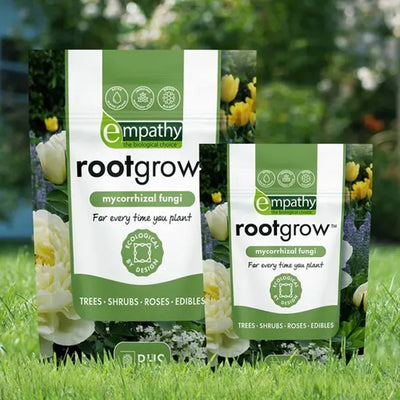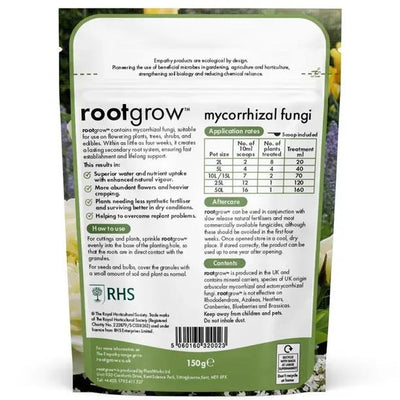Charles Ross Apple Trees
Charles Ross apple trees produce early-mid season eating apples that are great for juicing. They're decent cookers and can be used as a sharp element in a cider brew.
It looks a bit like a Cox's with the red/orange streaks typical of the Cox family, although it's altogether a larger apple. The flesh is white.
This versatile, good sized apple does it all! It's primarily eaten fresh: its taste is sharp with a tang of orange when freshly picked and it sweetens when it has been stored for a bit. The texture is a little soft and light, becoming looser as it ripens.
Cooked, it's ideal for apple pie with some chunkiness to it, but it's a bit too lumpy for apple sauce unless the fruit are very ripe.
It's a really juicy apple that also makes great cider if it's blended with other varieties.
Browse our range of apple trees or the full variety of fruit trees.
Features
- Eating: Good sweetness, juicy and firm texture.
- Can also be cooked, juiced and used to add sharpness to a batch of mixed cider.
- Spur Bearer: suitable for cordons & espaliers, trained on wires.
- Tree's growth habit: Average vigour. Spreading form.
-
Harvest: Mid September
-
Store & ripen in a cool, dry place: Less than 1 month.
- RHS Plants for Pollinators
- RHS Award of Garden Merit
Rootstocks:
All of our Charles Ross trees are grown on MM106 rootstocks.
Pollination Partners for Charles Ross:
Your trees are partially self fertile and their flowers must be pollinated to make good crops.
Charles Ross is in pollination Group C.
This means that they'll cross-pollinate with other apple trees in pollination Groups B, C and D.
See our Guide to Apple Tree Pollination for a full list of partners & more tips about pollination.
Charles Ross Disease notes:
Disease resistance: Scab (strong).

 Secure, One-Tap Checkout
Secure, One-Tap Checkout
 Hand Picked, Delivered to Your Door!
Hand Picked, Delivered to Your Door! 1 Year Bareroot Guarantee
1 Year Bareroot Guarantee













